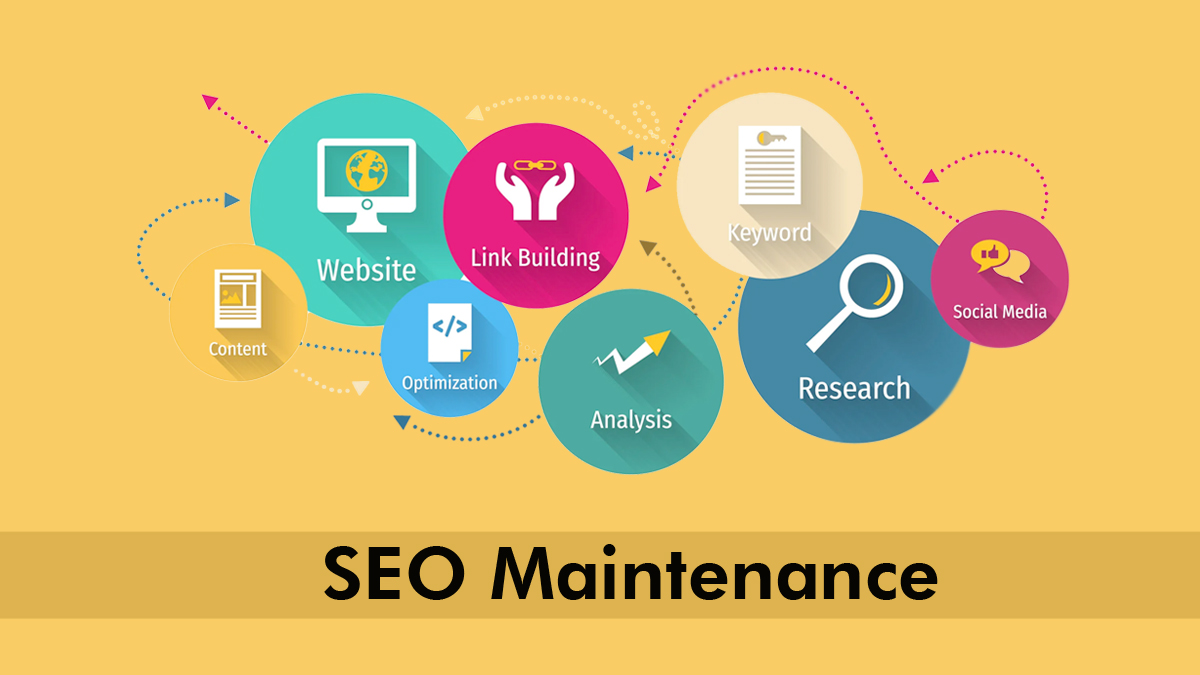To ensure your post gains traction beyond just your own awareness and your RSS subscribers, content publishers must proactively establish syndication connections and strategically promote their content. Relying solely on search engines for organic visibility isn’t enough.
After crafting a post, take strategic steps to broaden its reach. Initially, only you and your RSS subscribers are aware of it. To attract the right audience, optimize your content with relevant keywords. Identify the core topic and utilize tools like Google AdWords’ keyword selection tool to incorporate terms aligned with your content’s theme. This enhances the likelihood of your post being discovered by individuals seeking similar content, boosting its visibility and impact.
The RSS feed is a valuable yet often overlooked tool for blogs. It seamlessly disseminates blog content across various platforms, including social networks. Leveraging this functionality is crucial for content syndication, enabling tasks like automatic posting on Twitter.
Additionally, integrating analytics into URL shortening enhances the effectiveness of distributing shortened URLs across diverse platforms. The post provides a comprehensive guide outlining essential steps to take after writing a new blog post, highlighting the pivotal role of RSS feeds in optimizing content distribution strategies.
Enlisting a digital marketing agency can significantly amplify your blog post’s reach, leveraging expert strategies in SEO, social media, and targeted advertising to boost engagement and visibility.
Keywords Optimize Your Post
Begin by comprehensively reviewing your content to identify its primary topics. Next, leverage Google AdWords’ free Keyword Planner tool to pinpoint the most sought-after search terms relevant to your content’s subject matter.
This step will provide valuable insights into your target audience’s phrasing and wording preferences. Once you have identified these key terms, revisit your content and refine your post title accordingly to optimize its visibility and relevance.
Syndicate Your Content
A blog’s RSS feed is a powerful tool that is sometimes misunderstood. It facilitates the automatic dissemination of your blog’s content across multiple platforms, including various social networking sites.
By utilizing the RSS feed effectively, bloggers can ensure that their content reaches a wider audience with minimal effort. Understanding how to optimize and utilize RSS feeds can significantly enhance the visibility and reach of your blog content across different online channels.
Shorten Your Post’s URL
Leveraging the analytics provided by URL shortening services like Bitly, Ow.ly, and Cli.gs has become a savvy approach for social media posting. These platforms offer valuable insights into the performance of shortened URLs, enabling users to track engagement metrics such as clicks, shares, and geographic location data.
Tailor Your Status Updates
Tailoring your status or headline for each community can significantly impact your success in garnering links. Sending multiple updates on different days and at different times may be necessary for optimal results. Simply typing your blog post headline into all social site status boxes might not be the most effective strategy.
Social networking sites and online forums typically allow content promotion provided it remains relevant. An effective strategy involves crafting a compelling heading or question as your forum title, accompanied by thoughtful commentary and your URL. Conclude by prompting readers to offer feedback on the forum to sustain the discussion.
Bookmark Your Content
Posting content to popular social bookmarking sites like Reddit, Digg, or StumbleUpon can still generate significant traffic, despite the declining effectiveness of this technique. The crucial factor is to actively engage with the community and prioritize providing value rather than solely seeking benefits for oneself.
Comment On Other Blogs
Engaging with other blogs by providing thoughtful comments is a proven strategy to boost website traffic, forge meaningful connections, build a loyal following, and integrate valuable backlinks into your content strategy.
Seek And Assist On Twitter
Providing genuine assistance is a highly effective method for cultivating a community of loyal Twitter followers. When you encounter individuals seeking guidance related to your blog topic, actively engage with them by sharing your relevant posts.
Add To Email Signature
Including your latest blog post headline in your email signature is an effective technique. Several email platforms offer convenient applications, such as Wisestamp for Gmail, which automatically inserts your latest blog post headline into your email signature.
Immediately email those customers with a shortened URL directing them to the recently published blog post. This ensures timely dissemination of the new content to the target audience, maximizing engagement and visibility.
Add Your Blog Post To Your Next Newsletter
For e-newsletter operators, integrating blog content is crucial. Include post headlines or teasers in your newsletters and monitor which posts attract the most clicks. This strategy helps gauge audience interest and optimize content selection for future newsletters.
Ask Other Bloggers To Mention Your Post
Establishing connections with fellow bloggers within your niche and requesting them to feature your post or link to it can significantly broaden your audience reach.
Conclusion
In conclusion, a blog post’s journey doesn’t end with its completion; rather, it marks the beginning of a series of crucial steps to maximize its impact and reach. By diligently following the twelve steps outlined above—from proofreading and optimizing for SEO to promoting across various channels and engaging with their audience—bloggers can significantly enhance the visibility, credibility, and effectiveness of their content.
Consistency, attention to detail, and responsiveness to feedback are key elements in building a successful blog and fostering a loyal readership base. With each completed blog post, embrace the opportunity to refine your craft, strengthen your online presence, and ultimately, achieve your blogging goals.
FAQs
What should I do immediately after finishing my blog post?
Immediately after completing your blog post, proofread it for any typos, grammatical errors, or formatting issues. Ensure that it aligns with your blog’s style and tone.
Should I optimize my blog post for search engines?
Yes, optimizing your blog post for search engines is crucial for better visibility. Use relevant keywords naturally throughout the post, include meta titles and descriptions, and use headings and subheadings to structure your content for better readability and SEO.
How important is it to add images or multimedia to my blog post?
Adding images or multimedia enhances the visual appeal of your blog post and can help convey information more effectively. It also makes your content more shareable on social media platforms.
Is it necessary to promote my new blog post on social media?
Yes, promoting your blog post on social media platforms helps increase its reach and engagement. Share it across all relevant social media channels and engage with your audience to encourage discussions and shares.
Should I respond to comments on my blog post?
Absolutely. Responding to comments shows that you value your audience’s engagement and encourages further interaction. Address any questions, concerns, or feedback promptly to foster a sense of community around your blog.
Is it beneficial to link internally to other blog posts?
Yes, internal linking helps improve your website’s SEO and keeps visitors engaged by guiding them to other relevant content on your blog. Include contextual links to other blog posts where appropriate.








